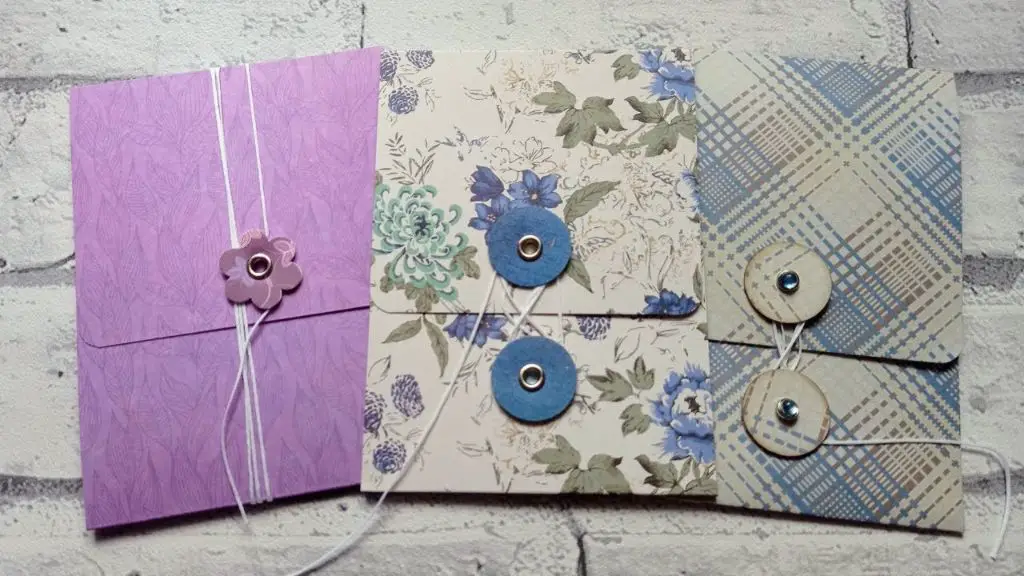Who Makes The Best Pillow Covers?
Pillow covers serve an important purpose for both bed pillows and decorative throw pillows. Unlike pillow cases which are typically made of a soft fabric and fit snugly around a pillow, pillow covers fully enclose the pillow with a zipper or envelope closure. This complete enclosure provides benefits such as protecting the pillow, extending its lifespan, and making changing covers easy.
Pillow covers allow you to protect your pillows from dirt, dust mites, stains, and damage. The barrier of the cover keeps contaminants away from the pillow itself, ensuring your pillow stays cleaner for longer. Covers are especially useful for decorative throw pillows which are handled frequently and not washed often. Using a removable cover allows you to maintain the look of your decorative pillows by simply changing the cover.
Materials
When choosing materials for pillow cases, the common options include cotton, linen, silk, satin, flannel, and synthetic fabrics like polyester or microfiber. Each material has its own benefits and drawbacks.

Cotton, especially long-staple cotton with a high thread count, is one of the most popular choices. It is breathable, durable, easy to care for, and feels soft against the skin. The main downside is that cotton can wrinkle easily. Examples of premium cotton fabrics for pillowcases include percale and sateen weaves [1].
Linen is known for being extremely breathable and cooling, making it ideal for hot sleepers. It is also very durable and becomes softer over time. However, linen can feel quite stiff and rough at first. Wrinkling is also a downside. Linen pillowcases are a great choice for increasing airflow and wicking away moisture [2].
Silk pillowcases stand out for their ultra soft, smooth texture that is gentle on skin and hair. The fabric feels luxurious and is less absorbing, allowing skin and haircare products to work better overnight. On the downside, silk stains easily, requires delicate care, and has a higher price point.
Synthetics like polyester microfiber are wrinkle-resistant, durable, and inexpensive. But they don’t breathe as well or feel as natural as natural fibers. Other materials like satin, flannel, jersey, and blend fabrics have their own pros and cons as well.
Thread Count
Thread count refers to the number of horizontal and vertical threads woven into one square inch of fabric. It is often used as an indicator of quality, with higher thread counts signifying softer, more durable sheets.

However, thread count alone does not guarantee quality. While higher thread counts tend to be softer initially, lower thread count sheets around 300-400 are often more durable over time. As this source explains, “Thread counts between 200 and 400 are fine. Within that range, a higher number may provide a softer feel. With counts over 400, the main difference is price.”
Higher thread counts above 500-600 don’t necessarily indicate better sheets. They are often achieved through twisting thinner threads or adding filler yarns to inflate the number. As Good Housekeeping found, the best cotton sheets often have counts between 300-500. While high thread count sheets might feel luxuriously soft at first, lower thread counts around 400 will likely hold up better over time.
Closures
There are several common types of closures used for pillow covers:

Zippers
Zipper closures provide a smooth, clean look and make inserting and removing pillow inserts easy. They offer full protection and prevent pillows from slipping out [1]. However, zippers can snag delicate fabrics and be challenging to sew.
Buttons
Buttons allow for a customizable look with endless style options. However, they don’t fully enclose the pillow and inserts may slip out. Button holes also wear out over time [2].
Ties
Ties create a casual, rustic aesthetic. But like buttons, ties don’t fully enclose pillows and inserts may fall out. Ties can also easily come untied with use.
Envelope
Envelope closures are simple to construct and provide a clean finish. However, inserts can shift around inside and pop out of the opening over time [3].
Sizes
When shopping for pillow covers, it’s important to pay attention to the size in order to find the right fit. There are a few standard pillow sizes to consider:

The most common size is the standard pillow, which measures 20″ x 26″ (source). This size will fit most pillow inserts sold today. Standard pillowcases offer a snug and tailored look on twin, full, and queen beds.
Queen pillows measure 20″ x 30″, providing a slightly more generous size while still fitting queen bed pillow arrangements nicely (source). Queen pillowcases can work well for those who prefer more room to rest their head.
Finally, king pillows measure 20″ x 36″, designed to pair with king-sized bed pillows. The longer length allows both pillows in a king bed to fit into standard king pillowcases.
Pay attention to pillow dimensions before purchasing covers. Measuring existing pillows at home is also wise to verify the right pillowcase size to buy. Proper fit ensures the pillow insert will fill out the cover evenly for the best sleeping experience.
Patterns and Designs
When choosing a pillowcase, one of the most important considerations is the pattern or print. Pillowcases come in a wide variety of colors and designs to match any décor. Here are some key things to think about when selecting a pattern:

Popular patterns and prints right now include bohemian or folksy motifs like paisley and mandalas, as well as classic floral prints and gingham checks. Geometric patterns are also on trend, lending a modern look. For a whimsical accent, look for fun motifs like polka dots, stripes, or animal prints.
While patterns and prints add visual interest, solid colored pillowcases have benefits too. They provide a neutral backdrop that allows other decorative accents in the room to pop. Solid whites, creams, taupes, and grays make excellent versatile options.
When mixing patterns in a single space, it’s generally best to coordinate colors and scales. Pair small and large prints, or combine two patterns with a shared color for a put together look. To make pattern mixing foolproof, simply stick to one print for pillows, and a different print or solid for the cases.
Some popular pattern pairings include:
- Floral pillowcases with paisley or damask pillows
- Striped or gingham cases with medallion or ikat pillows
- Chambray pillowcases with polka dot pillows
When in doubt, anchor busier patterns with solid pillowcases in a coordinating color. This creates a clean, layered look. For lots of great pattern suggestions, check out sites like 20+ Free Pillowcase Patterns.
Care

Proper care is essential for keeping your pillowcases looking and feeling their best. Most experts recommend washing pillowcases at least once a week in hot water to kill germs and remove oils, sweat, and dead skin cells that accumulate overnight. Use a gentle laundry detergent and avoid using fabric softener, as it can leave behind residue. Refer to the care instructions, as some materials like silk should be hand-washed in cold water.
For drying, lay pillowcases flat or tumble dry on a low setting to avoid damage and shrinkage. Remove from the dryer immediately and fold while still warm to avoid wrinkles. You can also line dry pillowcases in the sun, which helps naturally disinfect them. Avoid ironing if possible, as the heat can damage fabrics over time. If needed, iron on the lowest setting for the material. Always check care labels and follow specific washing, drying, and ironing recommendations to extend the life of your pillowcases.
According to Martha Stewart (source), you should wash pillowcases once per week to remove sweat, oil, and makeup residue. Proper cleaning is key for healthy, hygienic sleep.
Durability
Pillow covers can last anywhere from 2-5 years depending on the quality and materials. Higher thread count cotton or linen covers will typically last longer than lower thread count polyester blends. You’ll know it’s time to replace your pillow covers when you notice excessive pilling, fading, shrinking or other signs of wear and tear.

To extend the lifespan of your pillow covers, experts recommend washing in cold water on a gentle cycle and air drying instead of machine drying. You should also consider rotating between 2-3 sets of pillow covers so each set gets used less frequently. Replace pillows themselves every 1-2 years.
According to Martha Stewart, quilts and duvet covers may last 3-5 years with routine use and care. Replace any bedding items that become damaged or worn out. NBC News recommends replacing sheets every 2 years.
Sources:
https://www.marthastewart.com/how-often-to-replace-pillows-and-bedding-7488646
https://www.nbcnews.com/better/pop-culture/here-s-how-often-you-should-replace-everything-your-bedroom-ncna844686
Price
The price of pillowcases can vary greatly depending on the quality of materials, brand, and where you shop. Budget pillowcases typically range from $5-15 per pillowcase at big box stores like Walmart and Amazon. These are made from cheaper materials like polyester and cotton blends.
Luxury pillowcases from high end brands like Frette and Sferra can cost $75-150+ per pillowcase. These use premium materials like long staple Egyptian cotton with high thread counts over 1000. Luxury brands often sell pillowcases individually instead of in pairs which increases the price per pillowcase. Some luxury materials like silk can cost over $200 per pillowcase.
Shopping sales and deals can help find pillowcases at lower prices. Walmart frequently discounts pillowcases, with prices as low as $2-3 each during major sales events. Amazon also offers coupons and lightning deals on pillowcases across various brands. Signing up for email lists from brands can provide access to exclusive sales and promotions throughout the year.
Seasonality also affects pricing, with deeper discounts available on clearance in January as retailers sell off inventory from the previous year. Higher demand around back-to-school season in late summer can cause prices to increase as well.
Top Brands
Some of the leading manufacturers and designers of high-quality pillowcases include L.L. Bean, Slip, Brooklinen, and Boll & Branch. L.L. Bean offers premium cotton pillowcases known for softness and longevity, earning high marks for quality and reputation from customers. Slip is a luxury brand beloved for its silk pillowcases that promote beauty sleep. Reviews praise Slip and Brooklinen for super soft, cooling pillowcases. Boll & Branch is trusted for its fair trade certified organic cotton, though pricier. Focusing on high-end materials like long-staple cotton, linen, and silk as well as fine details like envelope closures and piping helps these brands stand out.







